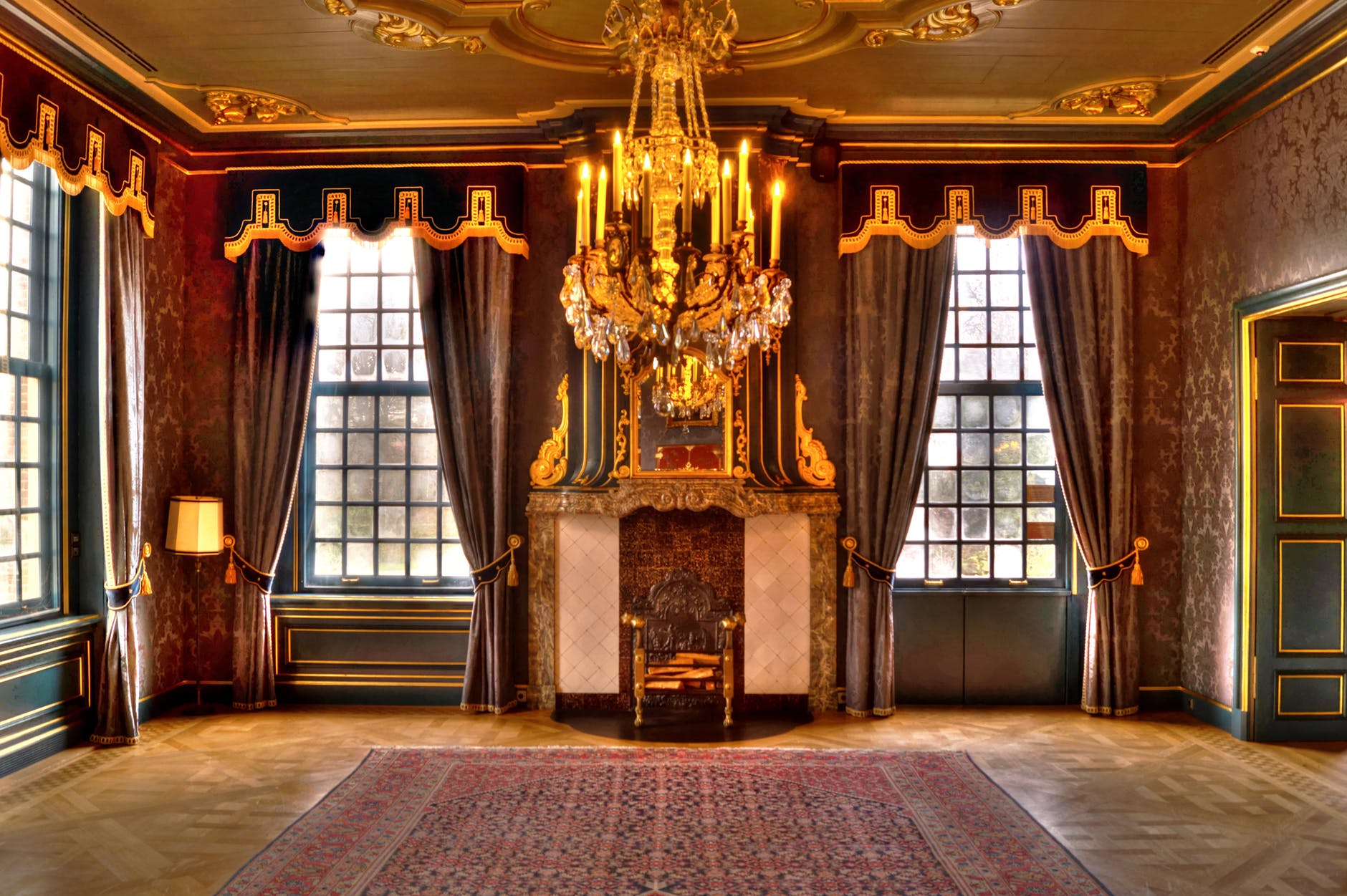Editor's Pick
- Alpana Gupta
- June 13, 2023
Furniture Rental for Students: Affordable and Flexible Solutions
You're a student on the move. Between changing apartments every year and having limited space, owning a ton of furniture…
Top 10 Popular Home Decor Trends In 2020
- January 28, 2020
Eco-Friendly Wood Furniture: Why Renting is a Sustainable Choice
- November 21, 2024
5 Things to Remember While Shifting to Pune
- January 7, 2025
- Alpana Gupta
- Lifestyle
- May 1, 2025
Why Students Prefer Furniture Rentals Over Buying (And Honestly, We Get It)
The Broke-and-Flexible Era of Student Life Ah, student life—the magical phase where your brain is…
- Alpana Gupta
- Lifestyle
- May 1, 2025
Reverse Osmosis vs. UV Water Purifier Rentals: Which One Should You Choose?
Why Clean Drinking Water Matters In today’s world, access to clean drinking water is scarce.…
- Alpana Gupta
- Lifestyle
- April 25, 2025
Front-Load or Top-Load: Which Washing Machine to Rent?
A washing machine is one of those underrated lifesavers that makes adulting slightly less painful.…
- Alpana Gupta
- Lifestyle
- April 22, 2025
Renting Refrigerators: What Size Is Best For You?
Increasing heat, lack of time to go the market everyday, using leftover food, packaged milk…
- Alpana Gupta
- Lifestyle
- April 19, 2025
How Furniture Rentals Reduce Waste and Support Sustainability
How do we all miss our childhood? Well almost all of us. Let’s face it…
- Alpana Gupta
- Lifestyle
- April 16, 2025
5 Tips to Maintain a Healthy Work-Life Balance in Delhi
Can anyone maintain healthy work-life balance in Delhi? Definitely or maybe. With the right trick…










